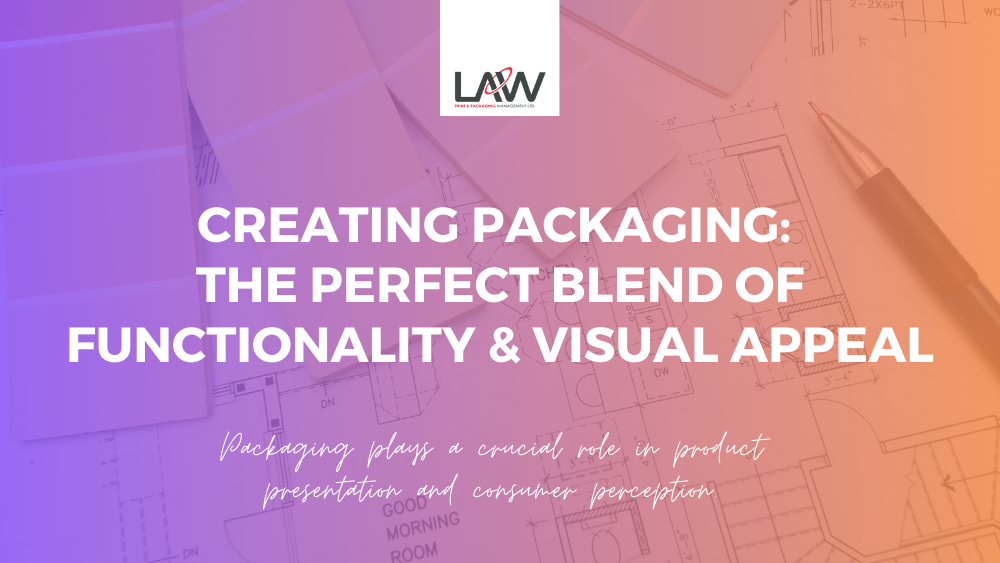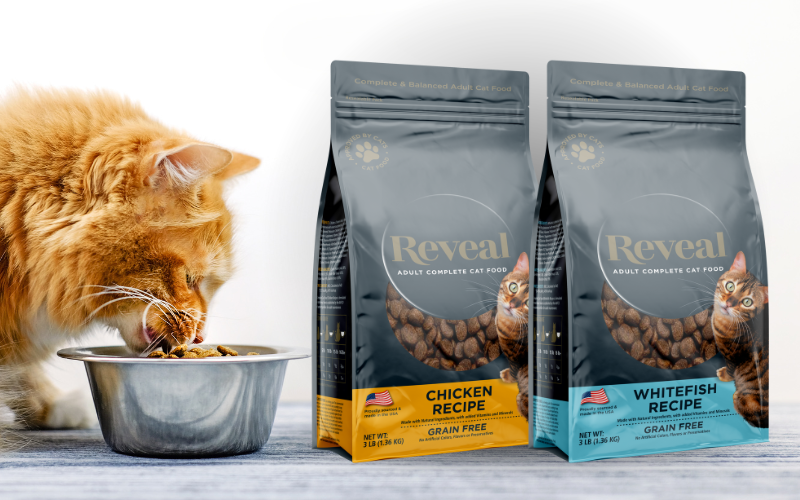Packaging plays a crucial role in product presentation and consumer perception. It serves as the first point of contact between a brand and its customers, creating an opportunity to make a lasting impression.
Effective packaging design not only captures attention but also serves practical functions, such as protecting the product and providing relevant information. Striking the right balance between functionality and aesthetics is essential for successful packaging design.
In this blog post, we will explore the key principles and considerations involved in designing packaging that is both functional and visually appealing.
Understanding the Product and Target Audience:
Before diving into the design process, it is crucial to understand the product and its intended audience. Consider the product’s size, shape, and fragility, as these factors will influence the packaging requirements. Moreover, gaining insights into the target audience’s preferences, lifestyles, and values will help create packaging that resonates with them.
Simplicity and Clarity:
An effective packaging design should communicate its purpose clearly and concisely. Avoid clutter and excessive text, as these can overwhelm and confuse the consumer. Instead, use simple, easily understandable visuals and minimalistic text to convey essential information. Clear messaging ensures that customers can quickly grasp the product’s benefits and features.
Cohesion with Brand Identity:
Packaging should reflect the brand’s identity and evoke consistent visual language. Consistency builds brand recognition and fosters a sense of trust and familiarity. Incorporate the brand’s colour palette, typography, and logo into the packaging design. By doing so, the packaging becomes an extension of the brand experience and enhances the overall brand image.
Innovative and Functional Structure:
The packaging design should be visually appealing but also practical and functional. When selecting the packaging structure, consider the product’s dimensions and attributes. Innovative solutions, such as clear windows, zippers, or easy tear features, can improve user experience and differentiate the product in the market. The design should also provide adequate protection to ensure the product reaches consumers undamaged.
Material Selection and Sustainability:
In today’s environmentally conscious world, sustainable packaging design is gaining prominence. Selecting sustainable materials, such as recyclable options, showcases a brand’s commitment to sustainability. Additionally, lightweight materials can reduce transportation costs and contribute to a more circular economy. Incorporating sustainable practices into packaging design not only benefits the environment but also resonates with consumers who prioritise sustainable choices.
Functionality, Visual Appeal and Emotional Connection:
Aesthetics play a vital role in capturing consumers’ attention and creating an emotional connection. Use compelling imagery, colours, and graphics that align with the product and brand identity. Consider the emotional response you want to evoke in customers and design packaging that elicits that desired reaction. Whether it’s a sense of luxury, playfulness, or trustworthiness, the visual elements should convey the intended message effectively.
User-Friendly Information:
Packaging must provide relevant and user-friendly information. Incorporate essential details such as product descriptions, ingredients, usage instructions, and any required legal information. Consider the hierarchy and placement of this information to ensure it is easily readable and accessible. Intuitive design elements, such as icons or symbols, can aid in conveying information quickly, even to non-native language speakers.
Do you need advice on striking the balance between Functionality and Visual Appeal? Want to skyrocket your business in 2023? Start with your packaging. We’re available for advice whenever you need us, so please speak to us!
Contact us on +44 (0) 161 440 7302 or follow this link to complete our contact form.


